Priyankar Ghosh
Algorithms for Generating Ordered Solutions for Explicit AND/OR Structures
Jan 23, 2014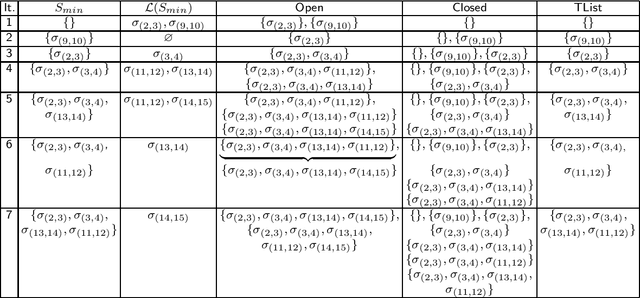
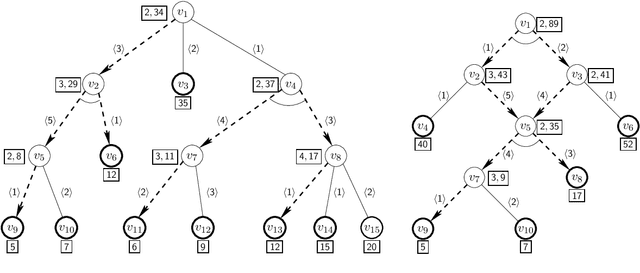
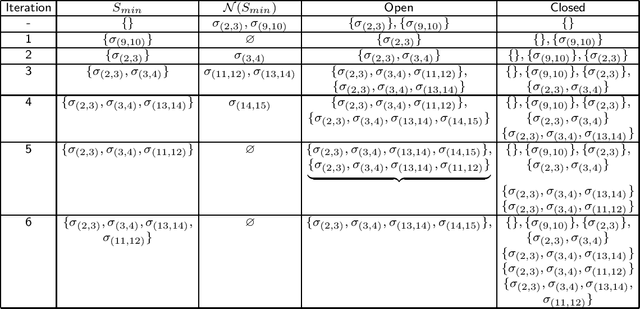
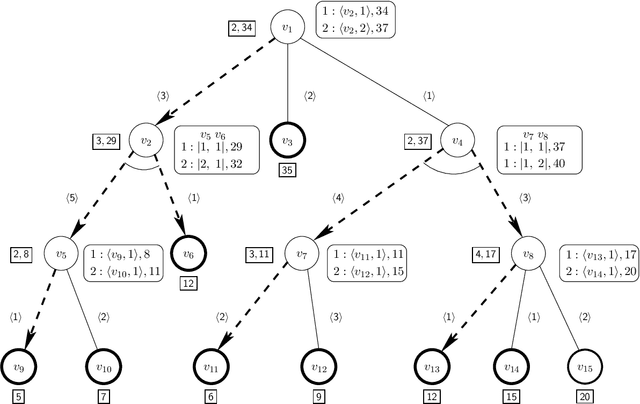
Abstract:We present algorithms for generating alternative solutions for explicit acyclic AND/OR structures in non-decreasing order of cost. The proposed algorithms use a best first search technique and report the solutions using an implicit representation ordered by cost. In this paper, we present two versions of the search algorithm -- (a) an initial version of the best first search algorithm, ASG, which may present one solution more than once while generating the ordered solutions, and (b) another version, LASG, which avoids the construction of the duplicate solutions. The actual solutions can be reconstructed quickly from the implicit compact representation used. We have applied the methods on a few test domains, some of them are synthetic while the others are based on well known problems including the search space of the 5-peg Tower of Hanoi problem, the matrix-chain multiplication problem and the problem of finding secondary structure of RNA. Experimental results show the efficacy of the proposed algorithms over the existing approach. Our proposed algorithms have potential use in various domains ranging from knowledge based frameworks to service composition, where the AND/OR structure is widely used for representing problems.
Detecting Ontological Conflicts in Protocols between Semantic Web Services
Nov 03, 2010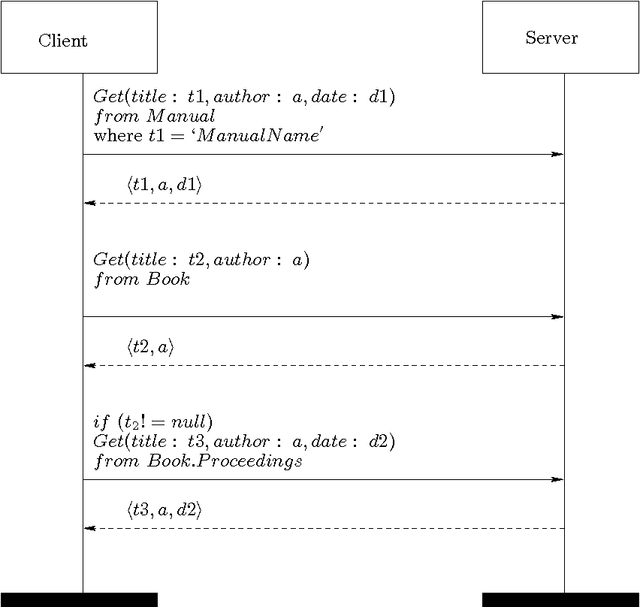
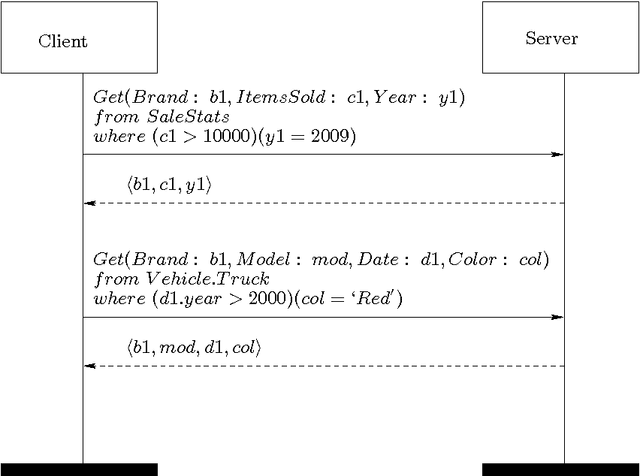
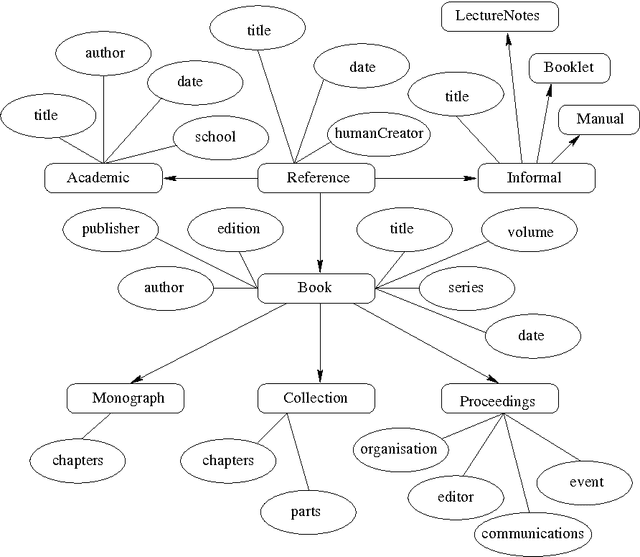
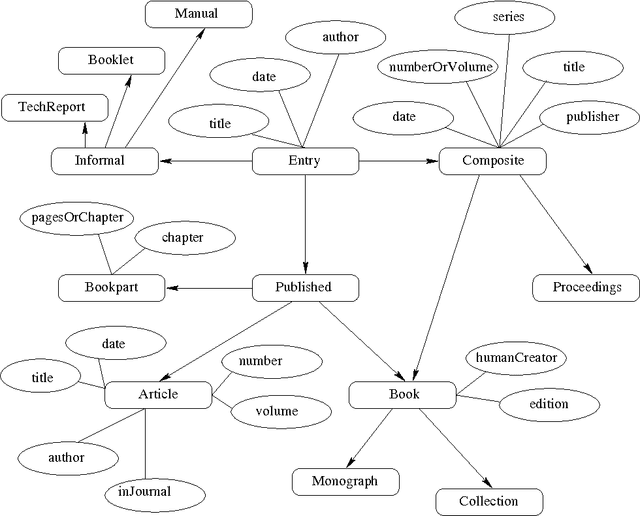
Abstract:The task of verifying the compatibility between interacting web services has traditionally been limited to checking the compatibility of the interaction protocol in terms of message sequences and the type of data being exchanged. Since web services are developed largely in an uncoordinated way, different services often use independently developed ontologies for the same domain instead of adhering to a single ontology as standard. In this work we investigate the approaches that can be taken by the server to verify the possibility to reach a state with semantically inconsistent results during the execution of a protocol with a client, if the client ontology is published. Often database is used to store the actual data along with the ontologies instead of storing the actual data as a part of the ontology description. It is important to observe that at the current state of the database the semantic conflict state may not be reached even if the verification done by the server indicates the possibility of reaching a conflict state. A relational algebra based decision procedure is also developed to incorporate the current state of the client and the server databases in the overall verification procedure.
 Add to Chrome
Add to Chrome Add to Firefox
Add to Firefox Add to Edge
Add to Edge